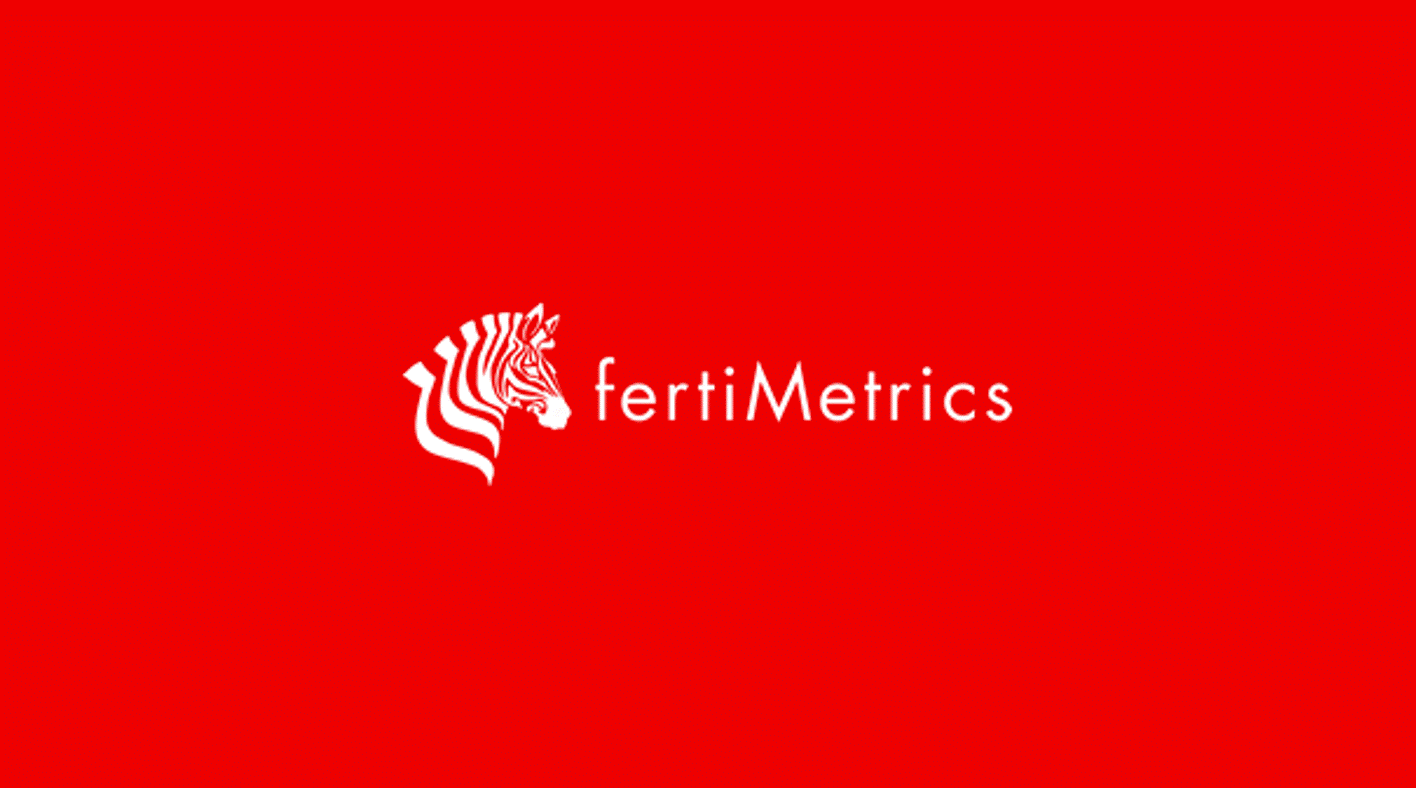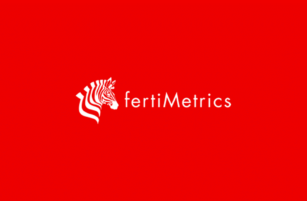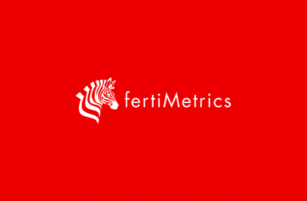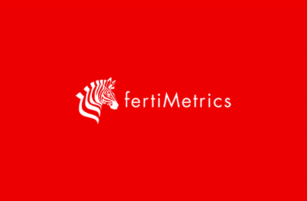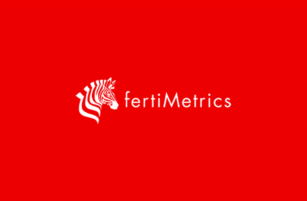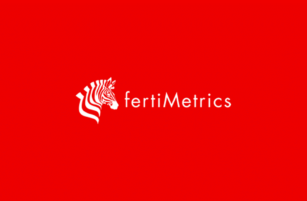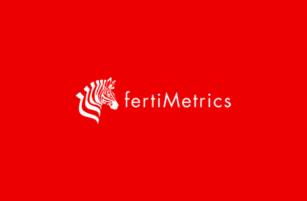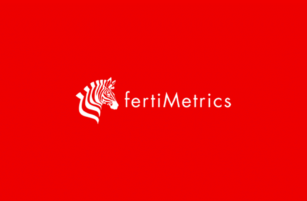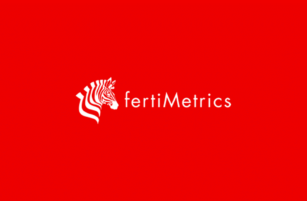Insight Focus
There is little activity across the urea markets, weighing on prices. India is the only potential buyer as Brazil, the US and Europe hesitate, and Asia Pacific’s buying season comes to an end. The potash market is awaiting higher demand to reduce ample supply in the market.
Urea Reliant on India
In a lacklustre urea market across the board in all origins and destinations, all eyes are on the India tender, which closed on August 29. Although official price discovery is not expected until September 2, rumours are rife that West Coast of India offers are sub USD 340/tonne CFR. This gives a netback to Middle East producers of around USD 320-325/tonne FOB and Baltics around USD 280/tonne FOB.
The latter price is around USD 20/tonne which has been obtained in other markets. The key, as always, is what the East Coast India L1 price will be. If the previous tender is any guide, the price differential was around USD 15/tonne, and the East Coast price was the higher number.
However, the differential is expected to be much lower this time, possibly around USD 5/tonne due to the freight differential. In addition to prices, the volumes offered and purchased by India’s buying agency NFL will be important as to the future direction of prices.

Indian appetite for fresh urea imports is strong, despite considerable inventories, driven by a strong monsoon. It is expected that the NFL will purchase at least 1 million tonnes with some predicting as much as 1.5 million tonnes.
One market in particular that will be paying attention is Brazil, which is now entering the main buying season. Currently, Brazil CFR numbers have slipped to USD 345-350/tonne with bids around USD 340/tonne CFR.
Dangote of Nigeria sold granular urea this week in the mid-320s/tonne FOB range, which is slightly lower than the previous sale. Iranian Pardis is reported to have sold a cargo of granular urea at USD 303/tonne FOB. Egyptian producers are struggling to hold prices, which slipped to as low as USD 340/tonne FOB. China is still absent from the international urea market and is expected to remain absent for the remainder of the year.
Thailand January-July urea imports were 1.87 million tonnes, up 30% or 435,000 tonnes year on year. Saudi Arabian SABIC supplied 818,000 tonnes whilst Oman/Iran supplied another 294,000 tonnes, with Qatar Energy at 234,000 tonnes followed by Malaysia’s Petronas at 225,000 tonnes and Brunei 131,000 tonnes.
Iran’s January-July urea exports were 3.34 million tonnes, up 29% or 747,000 tonnes year on year. Turkiye was by far the main outlet with close to half of total exports at 1.55 million tonnes. Brazil followed with 625,000 tonnes while 374,000 tonnes were officially listed against Oman with these volumes flowing to a variety of outlets including Europe, Turkiye and Brazil. India was noted as taking 172,000 tonnes of urea.
Turkiye’s January-July urea imports were 1.87 million tonnes, down 17% or 376,000 tonnes year on year. Volumes from Oman/Iran were 1.02 million tonnes and were followed by shipments from Egypt at 609,000 tonnes. Another 105,000 tonnes arrived from Turkmenistan while between 54,000 tonnes and 58,000 tonnes arrived from each Azerbaijan and Russia. Imports of urea during July were 217,000 tonnes with the bulk of this from Oman/Iran at 164,000 tonnes. Another 32,000 tonnes were shipped from Egypt.
The outlook for the urea price hinges on results from India but the undertone is bearish in advance of any news. Simply put, other main markets like Brazil, the US and Europe are dithering. In addition, the main urea purchase season for big granular urea markets like Australia and Thailand is coming to an end.
Ethiopia Seeks Processed Phosphate
On the processed phosphate side, India is again the focal point with the implication of the latest deal done between OCP and Indian buyers at USD 620/tonne CFR resulting in no new businesses reported. Indian buyers are being offered prices closer to and above USD 640/tonne CFR but there are no takers.
In Ethiopia, EABC is preparing to seek DAP in its annual large-scale fertiliser tender rather than the NPS/NPSB. With limited supply of DAP due to China’s export restrictions, the question will be where EABC will find the DAP although it could very well be Ma’aden and OCP filling the void.
The MAP price in Brazil is still holding at between the USD 635/tonne and USD 640/tonne CFR range as no new business has materialized. This price has been flat for the past seven weeks. Farmers in Brazil are concerned about affordability.

Latest report suggests China may be set to extend export inspection times for DAP/MAP from September 1 to as high as 40 days up from the current 14 days. A meeting of the Chinese phosphate supplier’s association took place on August 29 but there has so far been no news from the meeting.
The outlook for the processed phosphate market is that of limited availability, which could worsen with the increased processing time in China. This would increase prices that are already being refused by major buyers.
Potash Price Expects Decline
Potash price assessments were largely stable this week as limited firm deals were reported amid a general lack of demand and ample availability. The Southeast Asian market was the centre of attention this week as Pupuk Indonesia received four offers on its latest standard MOP tender.
The price offers, which ranged between USD 303/tonne and USD 304/tonne, were substantially higher than recent standard potash prices in the region, which remained at an average of USD 285/tonne CFR this week.

The fresh benchmark from the tender is expected to further support prices as the recent contract settlements failed to provide significant direction for prices. BPC is still understood to be in the process of revising its Indian potash contract price with IPL to follow suit with other suppliers. Indian importers have still not been able to secure volumes at the lower end of the range at USD 279/tonne CFR.
The Brazilian MOP market has yet to see demand re-emerge this week, with prices remaining at USD 295/tonne CFR. Following a USD 5/tonne decline last week, the average granular spot price reached 17% lower than the same period last year.
Southeast Asia’s potash price direction hinges on the upcoming results of the Pupuk Indonesia tender. Meanwhile, spot prices in Brazil and Northwest Europe are anticipated to decline in the coming week, although the price movement is not expected to be significant.
Ammonia Remains Firm in East
In an otherwise quiet ammonia week, the September MOSAIC YARA settlement surprised the market with an increase of USD 55/tonne to reach USD 530/tonne CFR. Whether this price is seen as a clear forward pricing indicator will be tested with increased ammonia supply from Trinidad.

In the east, the imminent Saudi Arabian plant closure will see 90,000 tonnes taken from the market and could lead to upward price pressure. The operational halt in Saudi could see much of the surplus of ammonia in Southeast Asia disappear.
The outlook for the ammonia markets east and west of Suez is considered stable to firm.
